10 Companion Plants for Broccoli (With Pictures)
-
Jeff Weishaupt
- Last updated:
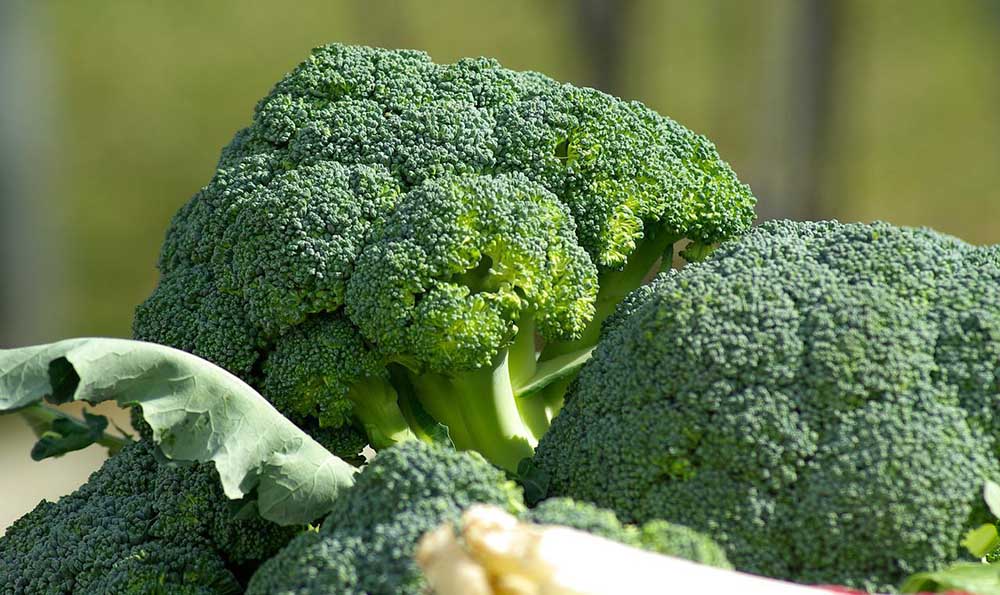
As a gardener, your primary goal is to ensure the optimal health and growth of your vegetables, fruits, and herbs. Companion planting is a great way to achieve both things. It is the process of planting specific plants close to each other to help them gain mutual benefits.
Companion planting works wonders for broccoli. However, you must know its best and worst companions to make the most of your efforts. When done correctly, companion planting can help you control pest infestations, improve the soil’s health, and yield better output.
Broccoli is generally a very friendly vegetable, but it may react negatively to a few plants. For example, the wrong companion plant can thwart its growth and invite pests to destroy it. So, let’s look at the 10 best and four worst companion plants for broccoli.
The 10 Best Companion Plants for Broccoli
Broccoli is a cool-season vegetable that is full of nutrition. It is not only tasty but is also easy to grow and maintain. However, you must maintain an optimal temperature for them to nurture.
To further boost your broccoli’s growth, introduce a few companion plants, flowers, and herbs to the garden for a beneficial company. Every plant performs a different function in ensuring broccoli’s healthy development, so you can opt for as many.
Here is a list of the 10 best companion plants for broccoli:
1. Nasturtium

Nasturtium is a bright yellow flowering plant that looks gorgeous next to lush-green broccoli. You can even eat these flowers to introduce a new flavor to your taste buds. They look and taste heavenly in salads.
When planted between the broccoli plants, the nasturtium repels disease-causing pests and serves as a bait to trap aphids. These are sap-sucking insects that weaken the plant from the inside.
Nasturtium enhances the broccoli’s flavor and acts as a mulch to ensure healthy development. It also improves the soil’s performance and health.
These flowering plants are one of the friendliest companions for broccoli. So, you don’t have to maintain a certain distance for their plantation. It depends on you—whether you want to place them between the broccoli rows or a few feet away. But it’s preferable to keep them close.
2. Onions

Onions may not be a good friend of humans, but they indeed are of broccolis. Planting onions in your garden will benefit the broccoli plant and provide you with an organic supply of veggies 24/7.
Onions enhance the broccoli’s taste and make them more flavorful. Moreover, they also prevent common, disease-causing pests like mites, cabbage looper, and aphids from coming near the plant. Sometimes, onions can also keep bigger predators like rabbits away.
Like nasturtium, you can plant onions anywhere you want. But since the plant primarily helps control pest infestations, it’s better to place onions around or close to the broccoli.
3. Peppermint
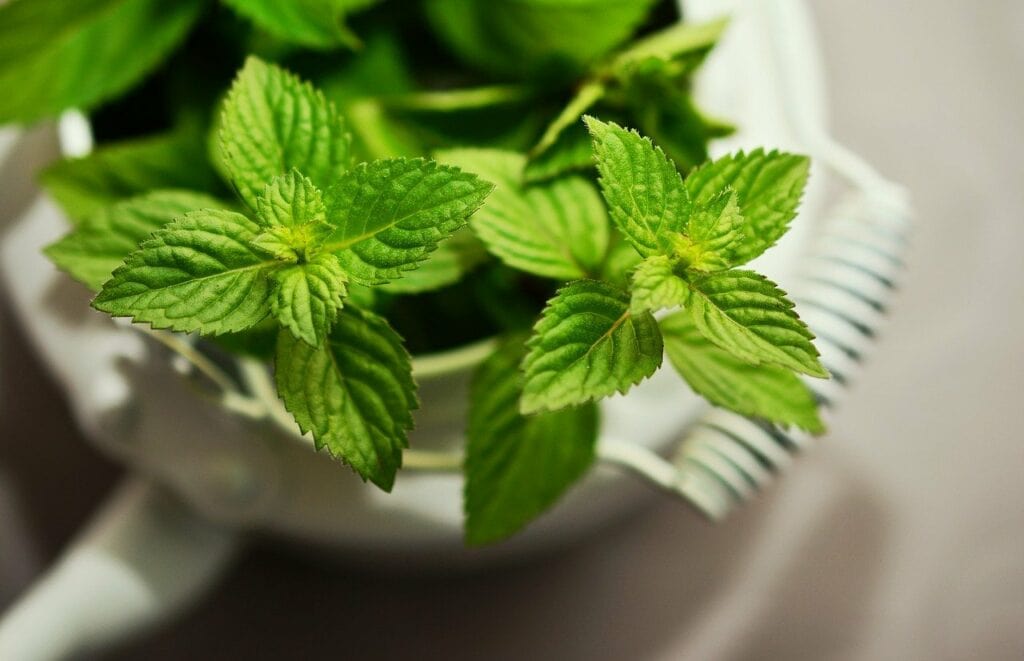
Planting peppermint as a companion plant is a bit tricky. You don’t have to plant it between the broccoli rows. Instead, put it in multiple pots near the broccoli plant. That’s because peppermint plants are invasive and may affect the taste of your broccoli.
The strong aroma of peppermint serves as protection for your plant. It keeps harmful bugs and insects away from your garden to ensure your crops’ healthy growth and development. Also, you’ll have an essential herb at your hand side by side!
4. Marigolds

Another excellent flowering plant on this list is marigolds. Like nasturtium, these flowers also enhance the overall look of your garden and benefit your broccoli crops simultaneously.
Marigolds are pretty friendly, so you can plant them near or between the rows of broccoli without any worries. These plants are very beneficial in keeping harmful pests and insects away from your garden, or even rabbits. Marigolds also minimize bad bugs in the soil, enhancing health and productivity.
5. Dill, Sage, and Thyme
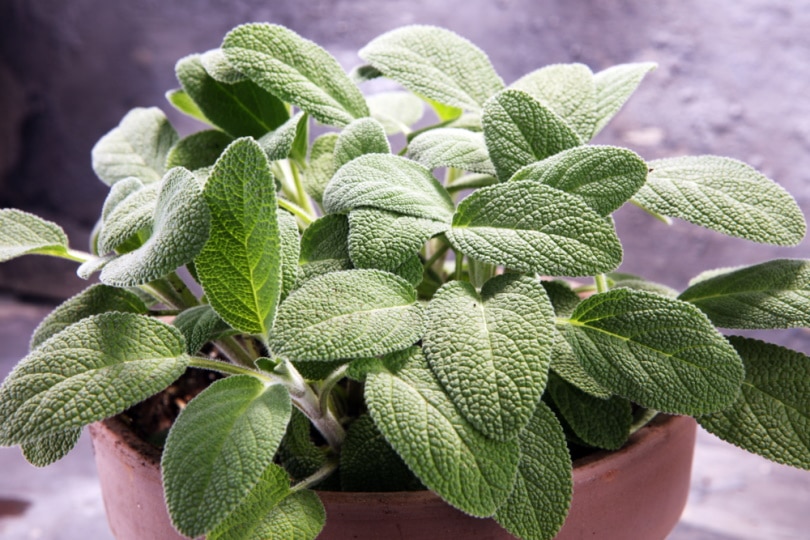
You may know these herbs only as flavor-enhancing ingredients. But to many peoples’ surprise, sage, dill, and thyme are some of the most effective repellents for multiple harmful insects and pests. Not only that, but these herbs also attract useful insects to your garden.
Planting these herbs as companion plants for broccoli can benefit you and the plant in many ways. You’ll have a great range of cooking herbs available, and your broccolis will stay safe from diseases/
6. Beets
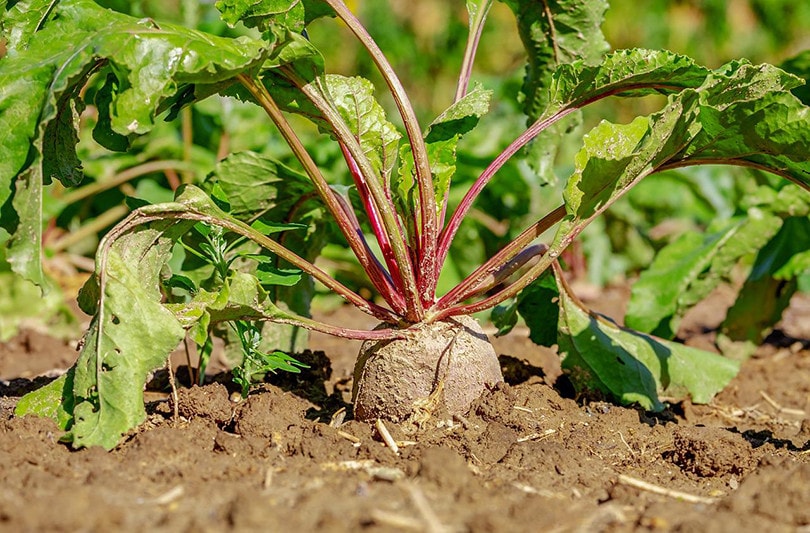
If you want to make your garden look full while giving your broccoli the best companions, opt for root vegetables to achieve both simultaneously. These vegetables don’t need nutrients to grow or develop, enabling the broccoli plant to consume them all by itself.
One such vegetable is beetroot. The plant is beneficial not only for your broccoli but also for humans. It enhances the nutrient uptake of your broccoli and ensures they grow healthily. Also, you can consume the beets anytime you want.
7. Celery

You can also introduce your broccolis to their green relatives: celery. This plant isn’t only full of nutritional components but also makes a great addition to your green garden. When planted close to broccoli, celery enhances its flavor and gives them the perfect balance of bitter and sweet.
Growing celery is also very easy. Whether you have space between the broccoli rows or along the sides, celery will benefit your crops either way. It may also improve the soil’s health.
8. Potatoes
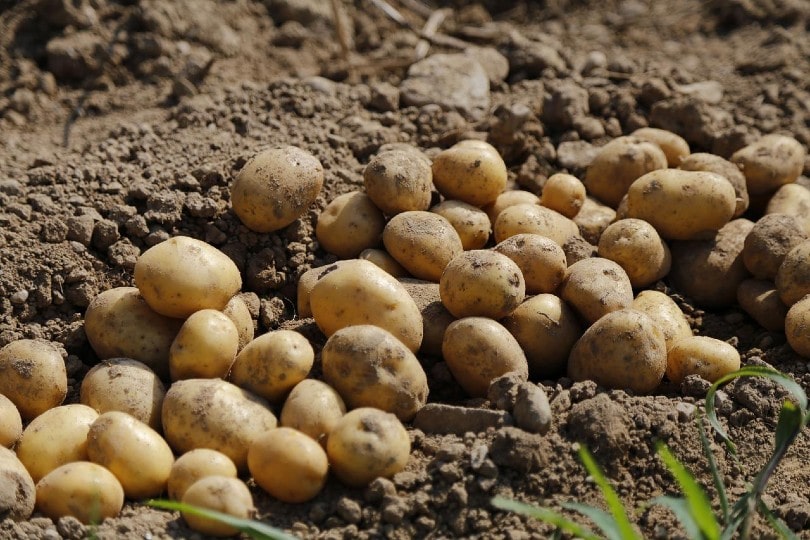
Many gardeners plant potatoes in separate fields because they require lots of nutrients to grow. Little do they know that potatoes have very different nutritional requirements than broccolis. Both plants won’t have to compete for their nutrient fulfillment.
Potatoes grow well with broccoli. They ensure healthy growth of the greens, improve their nutrient uptake, and boost the soil’s health.
However, potatoes are pretty vulnerable to the development of potato blight. Thus, planting them near your broccolis may expose them to this condition, but that rarely happens. So, don’t worry—your broccolis will remain in safe hands.
9. Rosemary
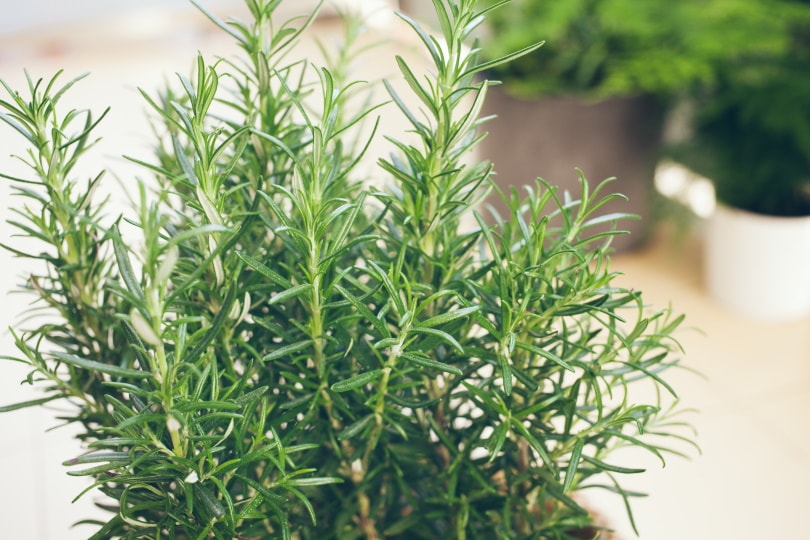
If you love herbs, why miss out on planting rosemary? This flavorful herb isn’t only a cooking essential but also works wonders in boosting your broccoli’s health. Moreover, planting rosemary in your garden can help prevent many pests from damaging your broccoli crops.
Broccolis are mostly a prime target for cabbage loopers and moths. Fortunately, rosemary can help you keep all these insects away. This way, you won’t always have to worry about your crops being infected with any disease.
10. Radishes

Radishes are sacrificial plants that protect other plants from the attacks of fleas and beetles. So, whether you like pink radishes or red, you’ll achieve your companion planting goals with both species equally.
Like broccoli, radishes are also shade-tolerant crops that develop healthily in partially shaded areas. Also, they don’t consume much space. The primary purpose of radishes in companion planting is to keep the garden evergreen by warding off pests, insects, and harmful microorganisms.
The 4 Worst Companions for Broccoli
Despite being friendly, broccoli doesn’t grow well with a few plants. These plants are the worst companions for broccoli as they can hinder the plant’s growth and nutrient uptake and may invite disease-causing pests to the garden.
The 4 worst companions for broccolis that you should never plant close to each other include:
1. Tomatoes
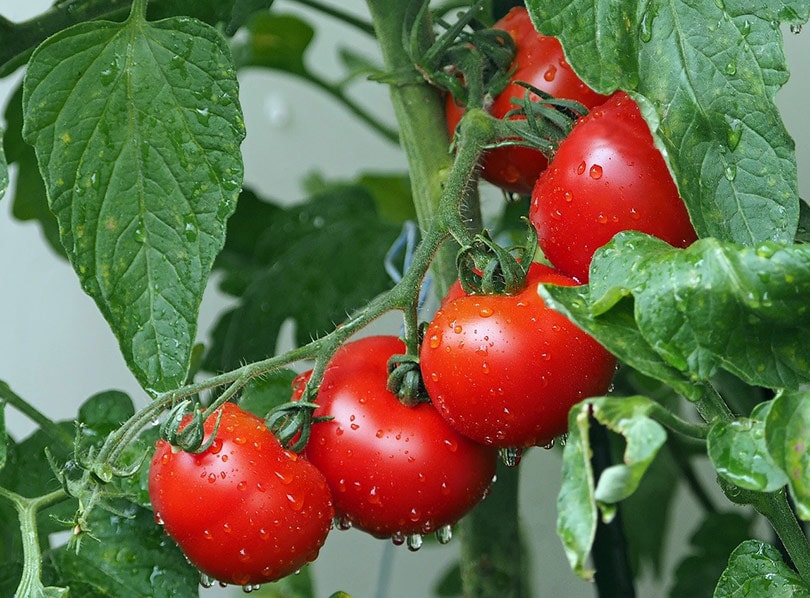
Tomatoes are warm or hot weather plants that can’t thrive in low temperatures. On the other hand, broccoli is a cool-weather plant that can’t be grown in hot conditions. Thus, growing both of these plants together would be useless. Neither your tomatoes could thrive, nor your broccolis would grow under unfavorable conditions.
Despite having no use, growing tomatoes in the cool can also cause harm to your crops. In cooler environments, tomatoes are more vulnerable to diseases and fungus, which could also spread to your broccoli.
So, refrain from growing tomatoes close to your broccoli. It could be surprising since potatoes and tomatoes belong to the same family, but both pose different effects on your crops.
2. Strawberries

Growing strawberries close to broccoli has similar downsides to tomatoes. Strawberries are also warm-weather plants that need lots of sunlight to grow healthily. Meanwhile, broccoli grows and develops quite differently.
But the primary reason why strawberries are the worst companion plants for broccoli is that they hinder the plant’s growth. They do so by sending out runner plants from the garden. No matter how much you love strawberries, don’t plant them anywhere close to your broccoli.
3. Cabbage
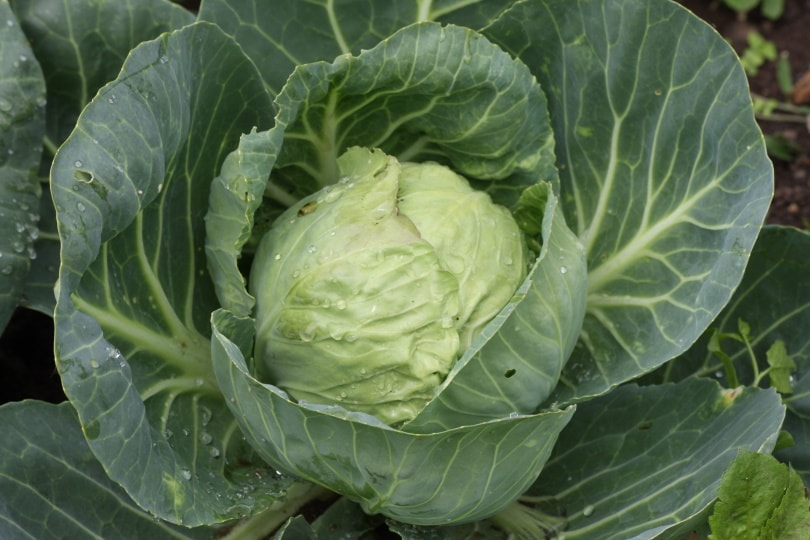
Belonging to the Brassica family, cabbages are pretty big. In fact, broccoli and cabbages are from the same family, yet they don’t go well with each other.
The cabbage occupies a lot of space to spread its roots and bodies in the soil and garden, making it hard for broccolis to grow freely. The other veggies in the family, including sprouts, turnips, and rutabaga, are also known to suppress the growth of many crops.
Cabbage may also compete with broccoli for nutrients and water. Even worse, they may invite pests and many disease-causing insects into your garden.
4. Cauliflower
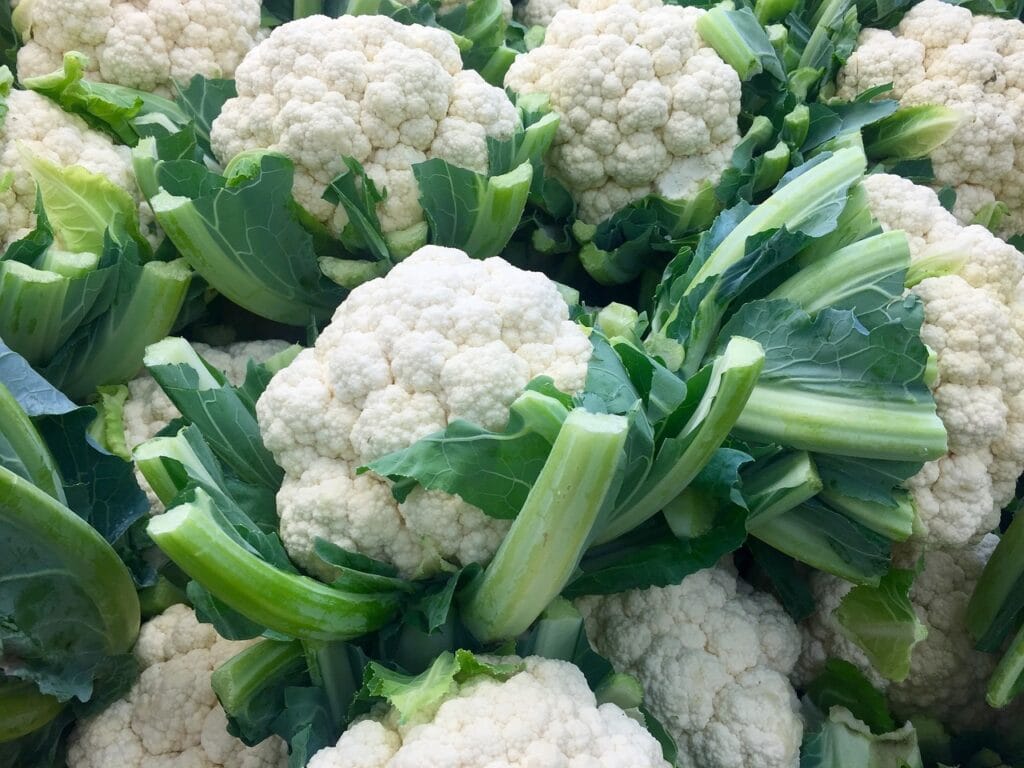
Cauliflowers belong to the Brassica family, but they are challenging to grow. These veggies are pretty temperamental and need specific planting locations and nourishment requirements.
Cauliflower may look like the ideal companion for cool-environment vegetables like broccoli. But it mainly grows healthily and happily solely by itself. The plant may also invite certain pests that damage your crops, especially broccoli.
It’s still questionable whether or not cauliflower is a good companion plant, but they are definitely the worst for broccolis. Also, both plants may compete for water and nutrients when planted next to each other.
Things to Consider When Applying Companion Planting to Broccoli
When taking care of your broccoli plants, you must consider a few other things apart from companion planning. Despite being a cool-weather plant, broccoli loves sunlight and needs exposure to full sun for at least 6 hours a day. However, it produces in partial shade.
Here are a few other things to consider when growing broccoli:
Temperature
Temperatures higher than 75°F aren’t good for these veggies. Their optimal temperature ranges from 45°F –75°F, but they can survive conditions down to 20°F. So, plant the vegetable in spring or fall.
Soil
Broccoli grows well in slightly acidic soil, with a pH ranging from 6.0 to 6.5. It must also be moist, fertile, and rich in organic matter. Typically, these are the qualities of the outdoor soil. So, it’s recommended to plant the broccoli seeds outdoors approximately 3 inches apart and half an inch deep.
Growth Rate
It takes about 55–80 days for the broccoli transplant to mature and 100–150 days for the seeds. When the seedlings become 2–3 inches tall, thin them to let the plant grow.
Don’t plant the seeds very close to each other. Instead, leave a distance of about 36 inches between each row.
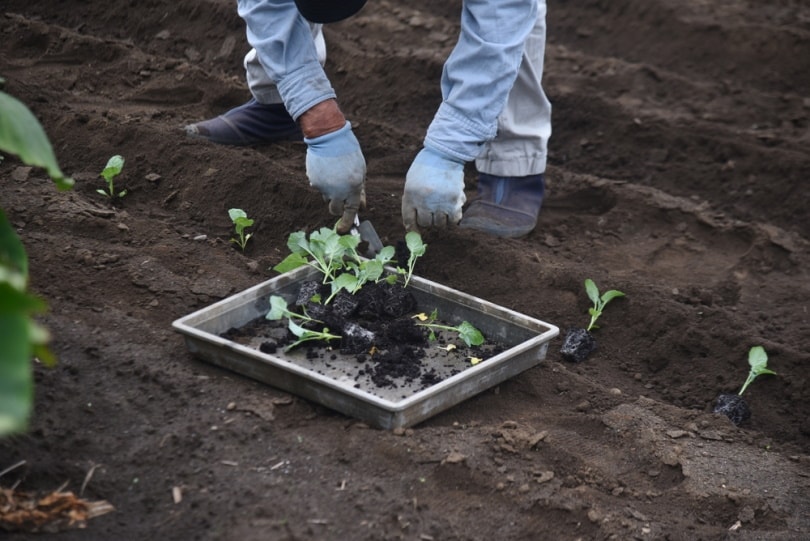
Watering Needs and Maintenance
Broccoli plants thrive in moist soil. Make sure to water your garden for about 1–1.5 inches every week to keep your plants happy. If you live in drought areas, you can use mulch to avoid the soil from heating up.
Diseases
Aphids are one of the most prominent pests for broccoli plants. Although onions and nasturtium will help you avoid these insects, you can also spray the broccoli leaves with soapy water. It will help you keep all the diseases at bay.
Apart from aphids, cabbage loopers, worms, downy mildew, and clubroot fungus are some other pests to avoid. Depending on your area, you may encounter any of these pests and diseases. Research thoroughly to ensure your garden’s protection.
Harvesting
When harvesting broccoli, start with its main head when the plant stops growing and the buds are firm. Also, harvest broccoli when you see that the flowering has started or the plant will start to turn yellow.
Never harvest the whole plant. Instead, start by cutting the side shoots and primary buds when they become dark green. It usually takes about six harvests to complete the entire process.
In Conclusion
Broccoli is generally an easy-to-grow vegetable, but you must ensure optimal conditions for its healthy growth. Companion planting is a convenient way to yield better output, enhance nutrient uptake, and manage pests in your garden.
If you have broccoli crops, you can choose onions, nasturtium, marigold, peppermint, beets, and celery as the best companion plants. Contrastingly, never plant tomatoes, strawberries, cabbage, and cauliflower near your broccoli plants, as they are the worst companions.
Always keep the soil moist for the broccoli plant’s rapid growth. Also, follow a maintenance routine of the plant every season!
Featured Image Credit: Jacqueline Macou, Pixabay
Contents


